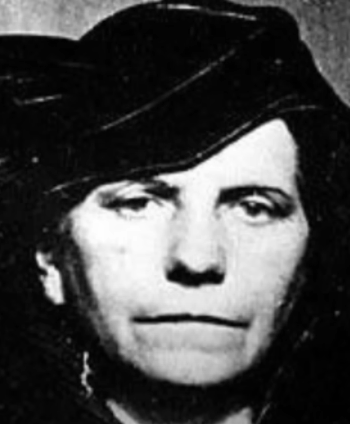
1879 - 1942
Marie Alexandrine Becker
Summary
Name:
Marie Alexandrine BeckerNickname:
The Black Widow / The Belgian BorgiaYears Active:
1933 - 1936Birth:
July 14, 1879Status:
DeceasedClass:
Serial KillerVictims:
11Method:
PoisoningDeath:
June 11, 1942Nationality:
Belgium
1879 - 1942
Marie Alexandrine Becker
Summary: Serial Killer
Name:
Marie Alexandrine BeckerNickname:
The Black Widow / The Belgian BorgiaStatus:
DeceasedVictims:
11Method:
PoisoningNationality:
BelgiumBirth:
July 14, 1879Death:
June 11, 1942Years Active:
1933 - 1936Date Convicted:
July 8, 1938bio
Marie Alexandrine Petitjean was born on July 14, 1879, in the small village of Waasmont, located in the Landen municipality of Belgium. She had a difficult childhood and did not attend school regularly. Instead, she helped her parents work on their farm. Despite the lack of formal education, she showed a desire to learn and asked the village priest to teach her reading, writing, and arithmetic.
At the age of sixteen, Marie left her family to live with an aunt in Liège. Her aunt ran a rope shop, and Marie often helped her. While working in the shop, she attracted male customers by serving them peket, a type of local spirit. When she was seventeen, she met her first romantic interest, a man named Yann, at a local festival on August 15, 1896. This marked the beginning of a series of romantic relationships for her.
In 1900, at the age of twenty-one, Marie began working at a sewing shop. She was very passionate about her work and quickly excelled in her role. People described her as pretty, lively, and joyful, often charming the men around her. In 1905, she met Charles Becker Sr. during the Universal Exhibition in Liège. She was on her way up socially, moving from being a saleswoman to managing fittings in a large fashion store.
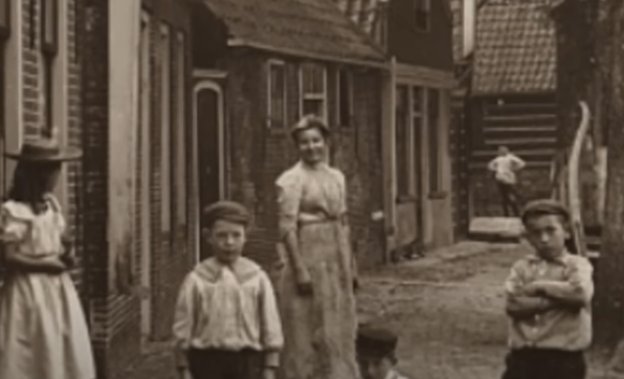
Marie married Charles Becker Sr. in 1906. They soon moved into a home next to the family sawmill where Charles Sr. and his sons worked. However, Marie did not get along with her in-laws, leading to frequent arguments. In 1912, Charles Sr. passed away, which allowed their son, Charles Jr., to take over the family business while Marie opened her own sewing workshop. She found success in her new venture and was inspired by contemporary fashion models.
During World War I, Marie faced challenges but managed to keep her business afloat. By 1920, she achieved her goal of opening a fashion business on Saint-Léonard Street in Liège and employed several workers. In 1928, she fell in love with a younger man named Maximilien Houdy. However, the Stock Market Crash of 1929 negatively affected her business, leading to her bankruptcy in 1934.
In the years that followed, Marie struggled to maintain her lifestyle. After her son Charles Jr. died from cancer in 1932, she used some money she inherited to pay off debts. In 1933, she started a sewing business again, targeting wealthy clients. Marie began mingling with rich ladies and borrowed money from them, which contributed to her extravagant spending.
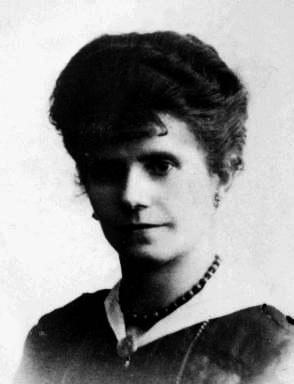
murder story
Marie Alexandrine Becker, a serial killer from Belgium, began her criminal activities in the early 1930s. In 1932, she poisoned her husband using digitalis, a drug that can cause heart failure. This act was the first in a series of murders that would follow. After her husband’s death, Becker started an affair with a younger man named Lambert Beyer. However, when she grew tired of him, she poisoned him as well in 1934.

Becker's lifestyle became extravagant after receiving inheritances from both men's deaths. She opened a dress shop in Liege but struggled to maintain her lavish lifestyle. To fund her expenses, she turned her attention to elderly women in her community. From 1935 onwards, she befriended and poisoned several elderly customers, whom she would rob after administering the poison.
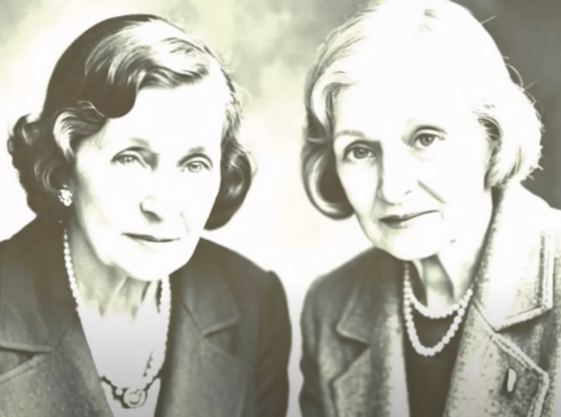
During these years, she murdered at least ten people, although estimates suggest she may have killed even more. Her method involved offering drinks laced with digitalis to her victims. Becker's malicious behaviors went mostly unnoticed until an alarming pattern began to emerge.
The investigation into her activities began when a friend of hers went to the police. She reported that Becker had offered her poison after jokingly expressing a desire to get rid of her own husband. This led to Becker’s arrest in October 1936. Authorities exhumed the bodies of her husband and several victims, revealing the presence of digitalis in their systems.
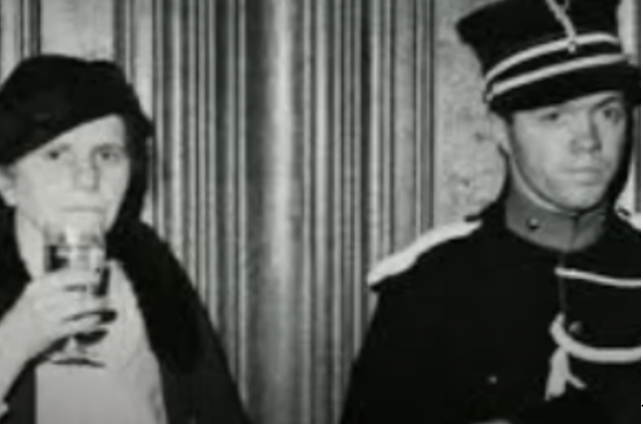
At her trial in 1938, Becker showed no remorse. She openly discussed the murders and seemed proud of her actions. The evidence against her was strong, and she was convicted of multiple murders and sentenced to life in prison. Becker died in custody in 1942 during World War II.